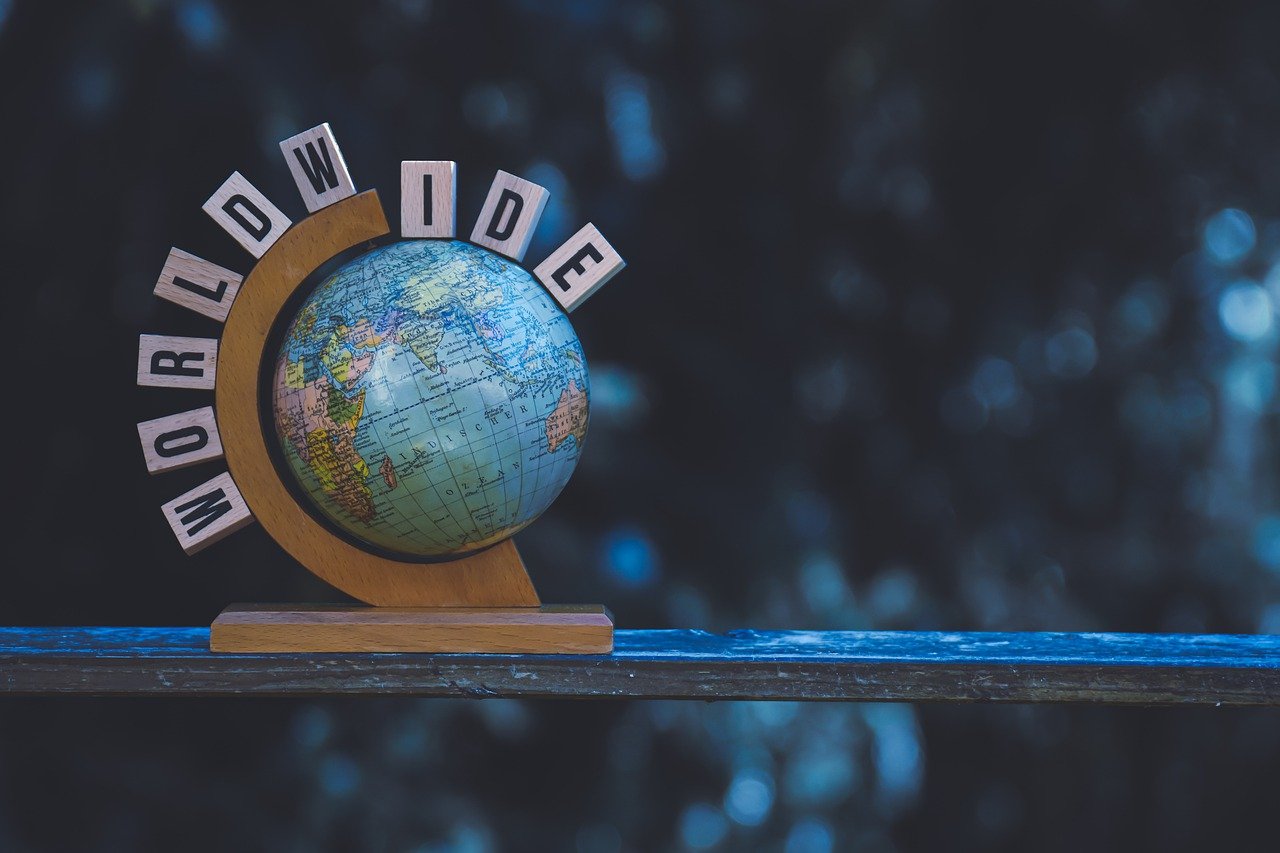These arresting images of industrial developments in Senegal, South Africa and Namibia were taken by Edward Burtynsky, who spent four years capturing African landscapes using aerial photography
Salt water trickles into these human-made ponds near Naglou Sam Sam, Senegal
Edward Burtynsky
AFRICA has played a significant role in our species’ history and development, and is where the first humans emerged. Today, thanks to an abundance of untapped resources, this giant continent is on the cusp of becoming the next major industrial hotspot – but the appetite for economic growth is also propelling resource depletion.
These arresting images illustrate the scale of this change, and are taken from the upcoming photography book African Studies, by artist and photographer Edward Burtynsky, who spent four years capturing the landscapes of sub-Saharan Africa, mainly using drones and taking photographs from aircraft. “Africa… now stands as a final destination for the complex arc of globalism,” he says.

Saltworks in Senegal, the largest producer of salt in West Africa, Tikat Banguel
Edward Burtynsky
Advertisement
The top images show two saltworks in Senegal, the largest producer of salt in West Africa. Salt water from nearby canals trickles into these human-made ponds near Naglou Sam Sam (top) and Tikat Banguel (above), before evaporating to leave the salt behind. The ponds’ brilliant hues are due to minerals, pigments and algae that colour the water differently depending on salinity.
Namibia is another of Africa’s salt suppliers, with a saltworks in Swakopmund shown below.

Saltworks in Swakopmund, Namibia
Edward Burtynsky
The image below is the Sishen iron ore mine near the town of Kathu in South Africa, one of the world’s largest producers of this material, which is primarily used to make steel.

Sishen iron ore mine near the town of Kathu in South Africa
Edward Burtynsky
Burtynsky’s images will be exhibited at the Flowers Gallery in London from 14 October to 19 November.
More on these topics:

